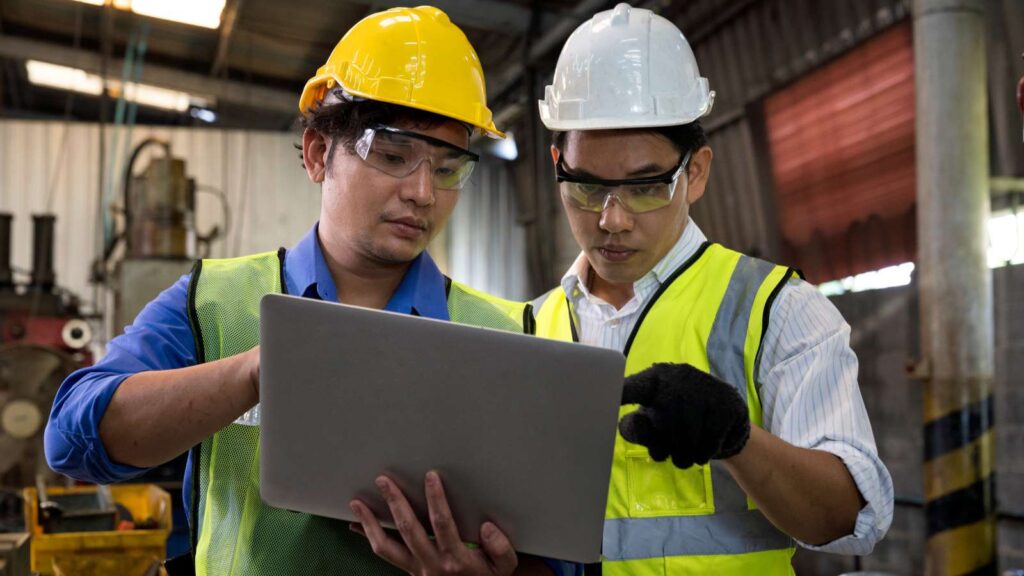In an era where digital technology reigns supreme, the Digital Audio Workstation (DAW) has emerged as a pivotal tool in educational and creative sectors. Not just limited to music production, DAWs offer a multitude of possibilities for enhancing learning experiences, especially in the auditory domain. This article explores how DAWs can transform traditional educational methodologies, with a particular focus on their superiority in conveying information through audio, as opposed to traditional reading methods.
Table of Contents
ToggleThe Essence of a Digital Audio Workstation
A Digital Audio Workstation is essentially a software platform used for recording, editing, and producing audio files. In an educational setting, it can be envisaged as a high-tech hub, equipped with various software tools, audio interfaces, microphones, and headphones. This setup is designed not only for music production but also for creating audiobooks, podcasts, language learning modules, and much more.
Enhancing Audio Learning
The shift from reading to listening as a primary mode of learning is gaining momentum, and DAWs are at the forefront of this transition. According to the learning curve theory, individuals retain about 20% of what they hear, compared to only 10% of what they read. DAWs capitalize on this by facilitating the creation of engaging, high-quality audio content that can significantly enhance information retention.
Digital Audio Workstations in Education
In an educational context, DAWs can revolutionize how information is conveyed to students. Teachers can create audio lectures, which students can listen to at their own pace and convenience. This method proves especially beneficial for auditory learners who grasp concepts better through listening. Furthermore, DAWs allow for the integration of different sound elements, such as music and sound effects, making the learning experience more immersive and effective.
Reading vs. Listening: The Learning Impact
Comparing the impact of reading and listening, it’s evident that auditory learning facilitated by DAWs can be more effective. Audio content can be more engaging, and the ability to replay, pause, and listen at one’s convenience allows for a more personalized learning experience. Moreover, listening can be a more inclusive educational tool, catering to those who struggle with traditional reading, such as individuals with dyslexia.
The Future of Digital Audio Workstations
Looking into the future, the possibilities of DAWs in education are boundless. They can be integrated with AI to customize learning modules based on a student’s progress or used in virtual classrooms to simulate real-time interactions. The future could also see DAWs being used to create immersive 3D audio experiences, making learning not just informative but truly experiential. It can be also linked to existing SOP on the workstation.
Conclusion
Digital Audio Workstations represent a significant leap forward in the realm of education and learning. It can be a part of digital work instruction. By shifting the focus from reading to listening, they open up new avenues for effective information retention and inclusive education. As we move forward, the continued evolution of DAWs promises to further revolutionize the educational landscape, making learning not just more effective but also more engaging and accessible for all.





